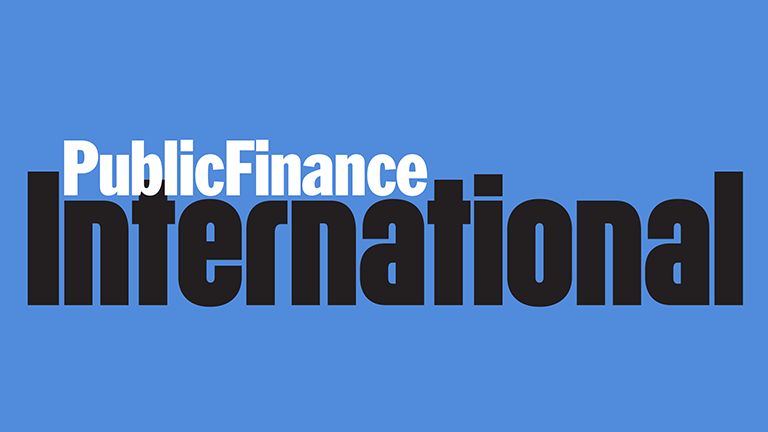Speaking at the Overseas Development Institute’s 2015 Centre for Aid and Public Expenditure conference yesterday, Brown argued that low interest rates, “a global glut of savings” and technological breakthroughs, made it an ideal moment to invest in the $1 trillion infrastructure gap.
“Why is it the case that when interest rates are low, savings are in surplus and available and when technological breakthroughs have made it possible to deliver more sophisticated infrastructure than ever before, we are so backward in delivering the infrastructure that is needed?” he asked.
Brown, who now chairs the World Economic Forum’s global strategic infrastructure initiative, said that three forces ‒ urbanisation, the rise of the global middle class and the increasing needs of Africa ‒ were driving the need for infrastructure and required everyone do more.
While this must include the public sector, he said it was increasingly difficult to justify the government debt that arises from paying for infrastructure while the sector is under increasing pressure for efficiency and to diversify the costs.
“This means we cannot ignore the fact that the future of infrastructure will be in developing stronger partnerships,” he said.
Relationships between both the public and private sectors, national, regional and international bodies, investors, engineers and developers need to be strengthened, Brown argued.
This would rely on better project preparation and ways to mitigate, manage and share risk would be crucial to encouraging investment from the private sector.
There is a need to “systematically” deal with each risk individually and find solutions that involve both the public and private sector, he said.
Brown argued that the delivery of the global Sustainable Development Goals will be impossible without infrastructure solutions to issues such as water and energy availability, access to healthcare and education and environmental problems.
“You have got to bring the public and private sectors together more effectively” and find better, more cooperative ways of dealing with risk to do this, he said.













